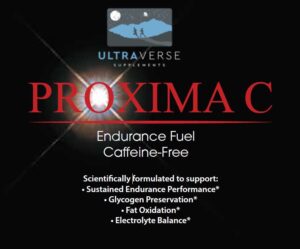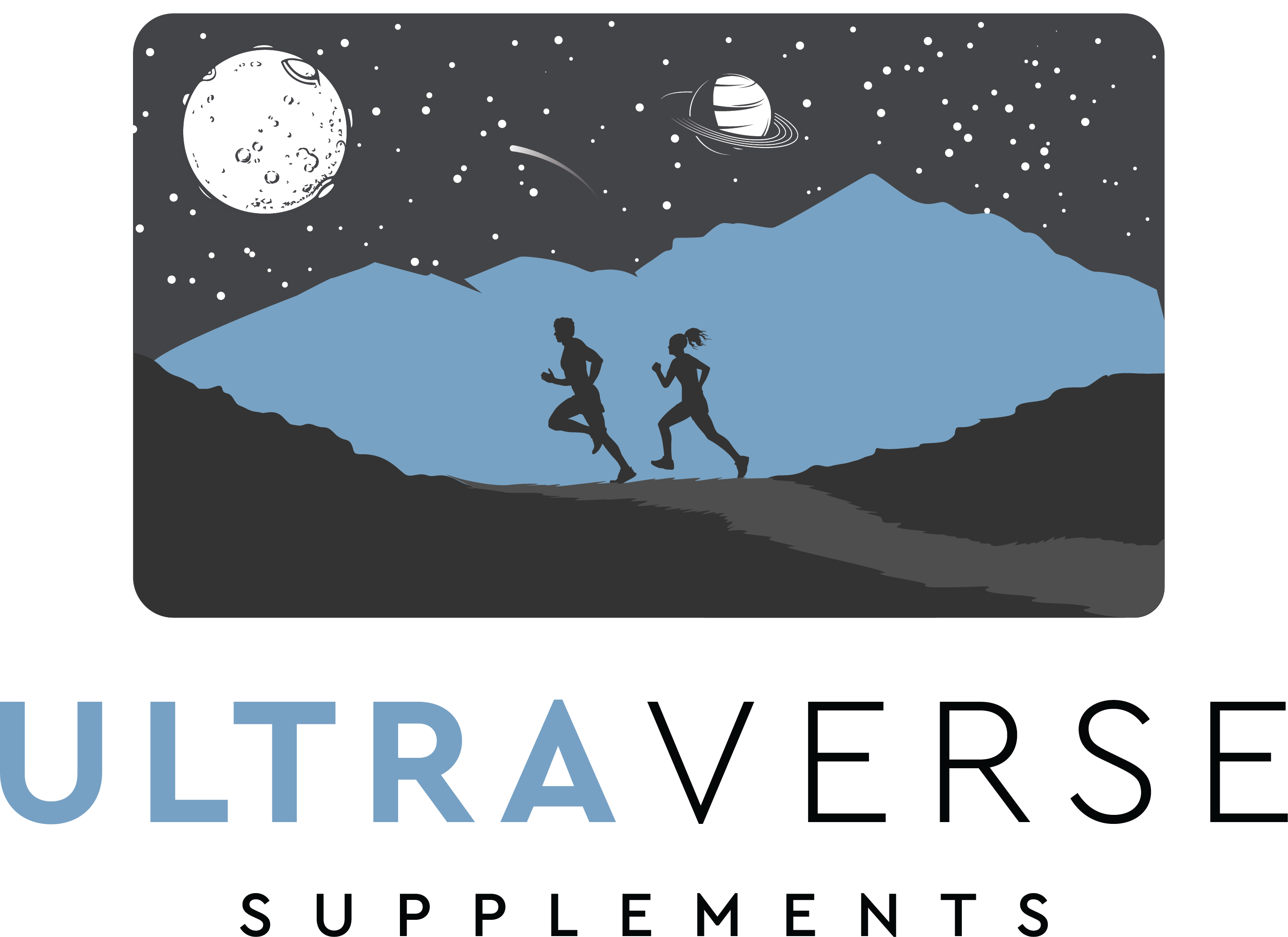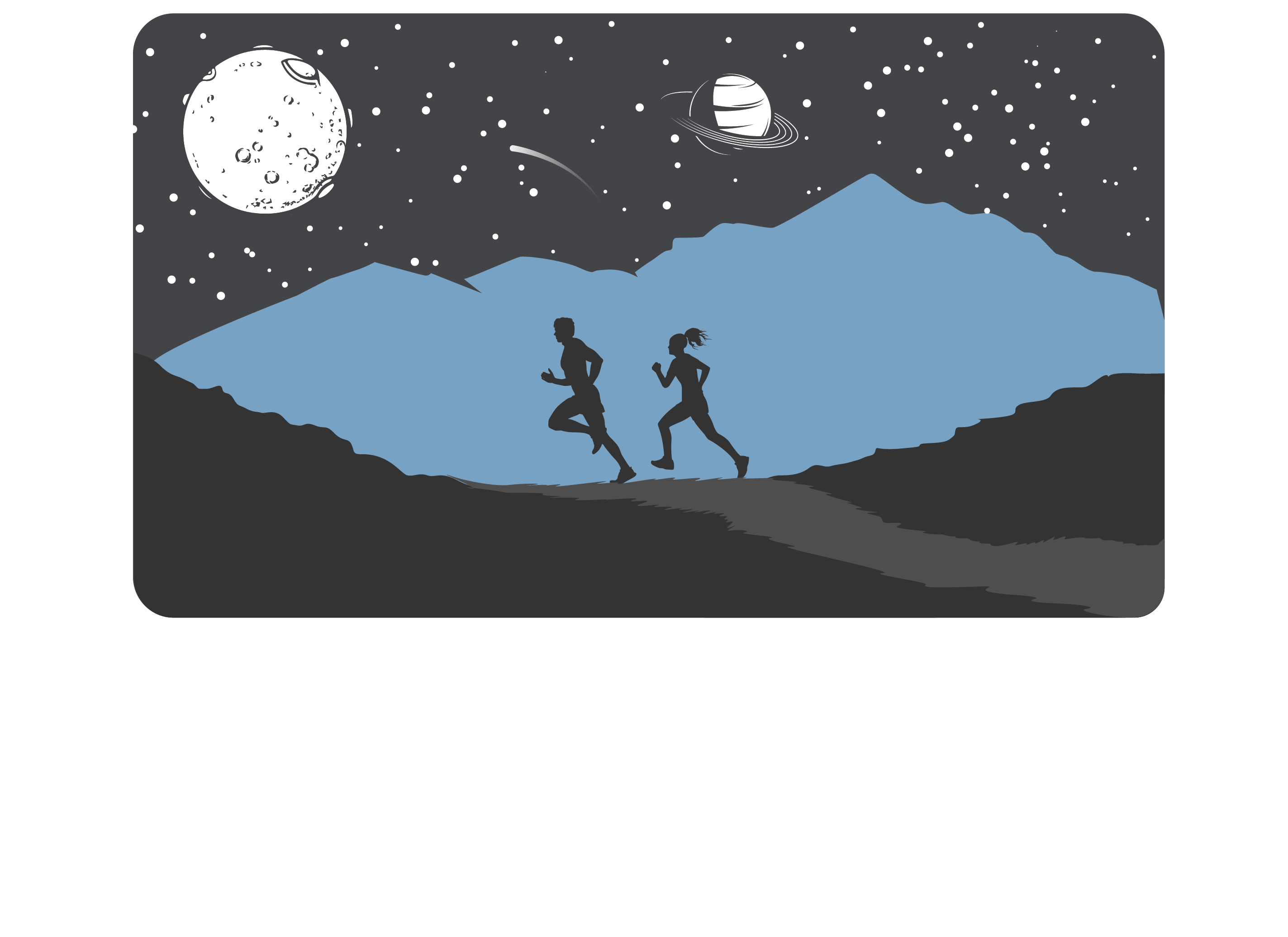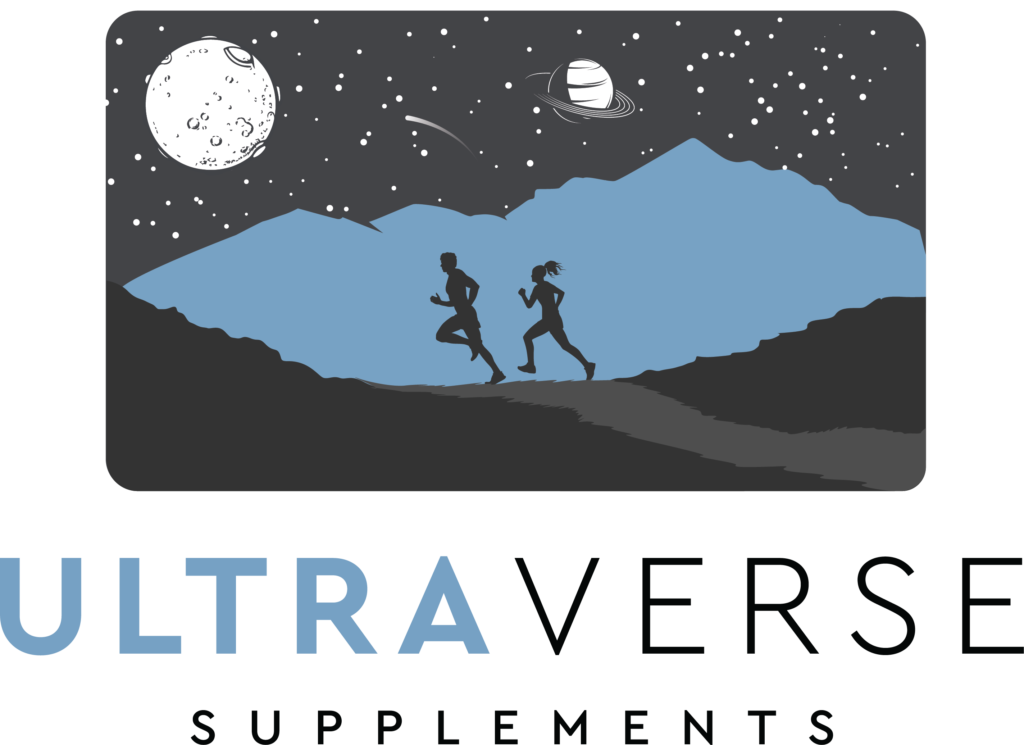Uncategorized
Ultra-Running Hydration – Determining Sweat Rate
One of the many pieces to the ultra-running puzzle is staying sufficiently hydrated. In this blog, we will explore a key tool for perfecting ultra-running hydration – determining sweat rate. Unless an ultra-runner knows how much they sweat in various temperatures and conditions, determining how much fluid to replenish is, well, just a guess. I don’t know about you, but when it comes to a race that I’ve put thousands of miles of training into and sacrificed so much for, I’d prefer not to leave one of the most crucial aspects of optimal ultramarathon performance (hydration) up to a guess.
Plus, determining your sweat rate is SO EASY! Compared to logging hundreds if not thousands of training miles in preparation for a race, determining your sweat rate child’s play. As an ultra-runner or ANY endurance athlete, for that matter, there’s really no excuse for not knowing your sweat rate.
Ok, so hopefully, I’ve convinced you that sweat rate is a critical part of ultra-running hydration and overall performance. Now, let’s dive into a simple strategy that ultra-runners can use to determine their sweat rate.

ULTRA-RUNNING HYDRATION – SIMPLE STEPS TO DETERMINE SWEAT RATE
- Weigh yourself naked. Peeing first is recommended. This way you will likely get through your run without peeing, which would decrease accuracy slightly.
- RUN. As an ultra-runner, I’m assuming you’re fairly familiar with this concept…
- Dry yourself. You can “carry” a decent amount of weight in sweat on your skin.
- Weigh yourself naked again. BEFORE taking your recovery drink, rehydrating, eating, etc.
- Subtract what you weighed before the run from your weight after the run. Math. Gross.
- Boom. That’s your sweat rate. Well, it should be anyway. Assuming you did everything correctly. Make sure to read the simple steps below to ensure accuracy.
- Take that weight discrepancy and convert it into your desired fluid measurement. Oz, ml, or whatever floats your boat. This is ABOUT how much sweat you actually lost. WAIT! Before you run off, know that you should NOT be replacing 100% of that weight. Just keep reading…
Those are the basics of determining sweat rate. But there’s a little more to it if you want to obtain the most accurate results and, as an ultra-runner, get the most out of the data.
Now that you have the general idea of how to determine sweat rate let’s highlight some best practices specifically for ultra-runners that will simplify the process and improve accuracy.
ADDITIONAL BEST PRACTICE FOR ULTRA-RUNNERS WHEN DETERMINING SWEAT RATE
- Do not determine sweat rate on runs lasting less than 45 minutes. Why? The simple answer is that it takes a bit to start sweating.
- Don’t go over 1.5 hours (less if it’s very hot) UNLESS you plan on drinking during your run.
- If possible, just keep these runs at precisely ONE HOUR. This makes the whole process very simple. This way, you know that your calculation is about what you sweat PER HOUR, and no additional calculations are necessary. BUT, if you must go longer, it’s not that complicated to calculate. For example, if you ran for 1 hour and 15 minutes (1.25 hours) and you sweat 600 ml in that time, your sweat rate would be about 480 ml/hour in those conditions. (600 ml/1.25 hrs. = 480 ml/hour)

- Determine your sweat rate during “normal” intensity. What the hell is normal intensity? Do it at a pace that you would do one of your long runs. Conversational pace, aerobic pace, endurance run pace, whatever you want to call it. No intervals or workout runs! The key is doing it at close to the same intensity (RPE) every time.
- It simplifies things if you don’t drink during your run (or after your initial weighing). However, accounting for the hydration you take in during a run isn’t rocket science, either. You just need to subtract the amount of liquid you took in during your run after your 2nd See the chart below for a simple reference.
- Determine your sweat rate in various conditions. Once you have determined your sweat rate in a particular temperature and environment, there’s no reason to do so again any time soon. To simplify things, focus on 10-degree increments (down to a certain point). There’s a chart below to help you do this as well.
DO NOT REPLACE 100% OF WEIGHT LOST
That’s right, you DO NOT want to replace 100% of the weight you lost with liquid. Why? Because 100% of the weight was NOT liquid. Some of the weight was glycogen, fat, and water released from such things, which doesn’t need replacing. Replacing to 100% can result in OVER hydrating and increase the risk of hyponatremia.
REPLACE 90-95% OF FLUID LOST
So an ultra-runner that loses 1200 ml of water/hour at 90 degrees needs to replace 1080 – 1140 ml/hour when it’s 90 degrees outside. Don’t overcomplicate things; just shoot for 1100 ml. Simple.
Useful Charts for Determining Sweat Rate
Use this chart to determine how much you lost and how much to replace.
| Weight – lb (kg) | oz (ml)* | 90-95%* |
| 1 lbs (.45 kg) | 16 oz (450 ml) | 15 oz (425 ml) |
| 1.5 lbs (.68 kg) | 24 oz (680 ml) | 22 oz (650 ml) |
| 2 lbs (.9 kg) | 32 oz (910 ml) | 30 oz (850 ml) |
| 2.5 lbs (1.13 kg) | 40 oz (1130 ml) | 37 oz (1050 ml) |
| 3 lbs (1.35 kg) | 48 oz (1360 ml) | 45 oz (1250 ml) |
*rounded/approximate/good enough
Use this chart to determine your sweat rate in different conditions.
| Temperature – Fahrenheit (Celsius) | Sweat Rate – oz. or ml/hour | Amount to replace (oz. or ml/hour) |
| 100-110 (38-43) | ||
| 90-99 (32-37) | ||
| 80-89 (27-31) | ||
| 70-79 (21-26) | ||
| 60-69 (16-20) | ||
| 50-59 (10-15) | ||
| 35-49 (2-9) | ||
| 34 and below (1 and below) |
*things like altitude, humidity, and intensity can all impact sweat rate as well
ULTRA-RUNNING HYDRATION – ADDITIONAL THINGS TO KEEP IN MIND
REPLACE ELECTROLYTES!
REMEMBER, YOU MUST BE REPLACING ELECTROLYTES, NOT JUST WATER. Drinking a bunch of water and failing to replace electrolytes can lead to a DANGEROUS condition called hyponatremia. This is essentially when your body becomes sodium depleted. Electrolyte replacement is a critical part of ultra-running hydration. That being said, I won’t go into tremendous detail on the subject in this blog, and honestly, it doesn’t have to be overly complicated.
Just remember a few key points and you’ll be cruising.
- For every Liter of fluid drank ultra-runners should replace at least 600 mg of sodium to prevent sodium depletion. Some will suggest less is ok. However, studies suggest that during exercise athletes typically sweat between 1-1.5 Liters per hour, and an average of about 800 mg of sodium is lost/Liter. That’s 800-1200 mg lost per hour for the “average” individual. Then take into account that an ultramarathon often lasts for 12, 24, even 36 hours or more, and it’s not hard to imagine the massive sodium deficit that can result. Determining your sweat rate will help you determine what’s best for you.
- While sodium is the most pressing, ideally, you should be replacing other electrolytes such as potassium, chloride, calcium, and magnesium as well.
- You can dramatically simplify this by incorporating a HIGH-QUALITY endurance fuel with electrolytes. Using an endurance drink with the appropriate amounts (and ratios) of electrolytes can make your life a lot easier – not only with hydration but with fueling as well.
SIMPLIFY THINGS WITH PROXIMA C
Proxima C Endurance Fuel by Ultraverse Supplements contains all the essential electrolytes in optimal ratios to take the guesswork out of your hydration strategy. Additionally, Proxima C breaks the mold in that it uses the best forms of each electrolyte rather than the conventional (cheaper) varieties. It is a no expense spared formula in every aspect and was made SPECIFICALLY for ultra-runners. Make sure the check out the Proxima C page and click through all the dropdowns to learn why it is in a league of its own for ultra-running hydration and fueling.
NO NSAIDS!
Taking NSAIDs during an ultramarathon is a foolish thing to do for many reasons. The most relevant reason relating to ultra-running hydration is that they increase an endurance athlete’s risk of hyponatremia. Just don’t take them, ok? For more information, please read 7 Reasons Endurance Athletes Shouldn’t Take NSAIDs.
Summary of Ultra-Running Hydration – Determining Sweat Rate
Hopefully, after reading this you realize the importance of determining your individual sweat rate. I’m always surprised to learn that most ultra-runners have never taken the time to do so. With the significant variance among sweat rates depending on the individual, it doesn’t make sense to prescribe a one-size-fits-all recommendation for fluid and electrolyte replacement. Like most things in ultra-running, it takes effort and planning. Luckily, compared to most pieces of the ultra-running puzzle, determining your sweat rate is simple and easy.





